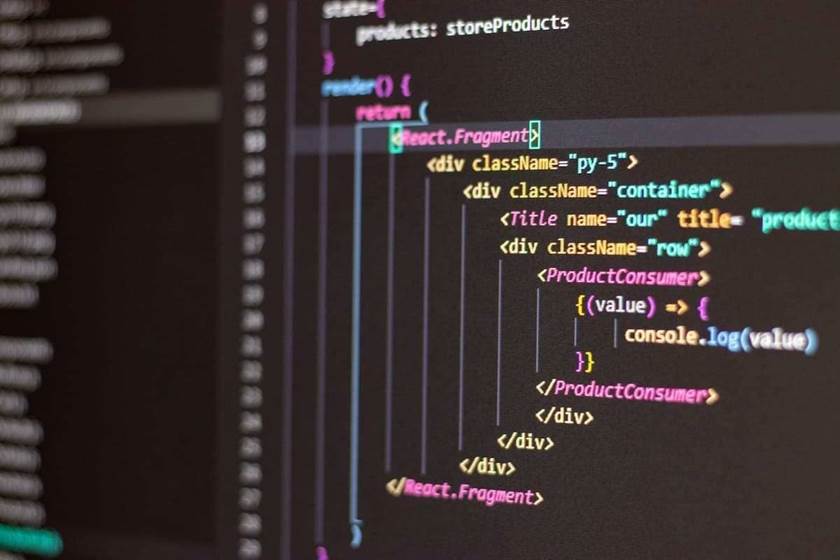Onion Architecture: Definition, Principles & Benefits
Data access in Onion Architecture ensures separation of concerns and facilitates efficient data retrieval and storage. You also need to ensure that each layer only depends on the layer beneath it, and use inversion of control and dependency injection to manage dependencies. This separation of concerns enables developers to create modular, testable, and maintainable applications that are easy to extend and evolve over time. Each layer/circle encapsulates or hides internal implementation details and exposes an interface to the outer layer.
Ensuring OT cybersecurity requires a coordinated, layered approach – The Motorship
Ensuring OT cybersecurity requires a coordinated, layered approach.
Posted: Tue, 10 Oct 2023 10:48:42 GMT [source]
This layer lies in the center of the architecture where we have application entities which are the application model classes or database model classes. Using the code first approach in the application development using Asp.net core these entities are used to create the tables in the database. It’s the outer-most layer, and keeps peripheral concerns like UI and tests.
CodePen vs CodeSandbox vs StackBlitz
To learn more about migrations and how to seed data with EF Core in both .NET 5 and .NET 6 check out this article Migrations and Seed Data with Entity Framework Core. However, since the Web application and the database server will be running inside of containers, how are we going to create the actual database for the application to use? We could create an initialization script, connect to the Docker container while it is running the database server, and execute the script. To make it straightforward to download the application code and be able to run the application locally we are using Docker. With Docker we are wrapping our ASP.NET Core application inside of a Docker container.
- These architectural approaches are just variations of the same theme.
- Follow the repository pattern to encapsulate data access logic.
- Now we need to add the student controller that will interact will our service layer and display the data to the users.
- We have connected all of our Onion architecture implementation layers, and our application is now ready for use.
- Let’s look at one of the most popular Architecture in ASP.NET Core Applications.
The higher layers of the Onion will take care of implementing that interface transparently. In this article, we have implemented the Onion architecture using the Entity Framework and Code First approach. We have now the knowledge of how the layer communicates with each other’s in onion architecture and how we can write the Generic code for the Interface repository and services.
Domain Entities and Business Logic:
We are also using Docker Compose to group our Web application container with a container running the PostgreSQL database image. That way, we won’t need to have PostgreSQL installed on our system. To learn how to implement the repository pattern with Entity Framework Core you can check out this article ASP.NET Core Web API – Repository Pattern. These exceptions will be handled by the higher layers of our architecture.
This layer usually holds ORMs for ASP.NET to fetch/write to the database. The adaptable Onion Architecture enables developers to modify an application without affecting other system components. The Onion Architecture’s testability is one of its main advantages. It is simpler to test each layer independently since the architecture encourages the separation of concerns.
A brief introduction to Software Architecture such as Microservice, SOA, Event-Driven, MicroKernel, Stream-Based and more.
Next, let’s go to the Infrastructure Folder and add a layer for Database, (EFCore). The presentation layer is where you would Ideally want to put the Project that the User can Access. Domain and Application Layer will be at the center of the design.

After Adding the DbSet properties we need to add the migration using onion architecture software the package manager console and run the command Add-Migration.
Onion Architecture in ASP.NET Core
Remember that we have two abstract exception classes BadRequestException and NotFoundException inside of the Domain layer? Great, we saw how we wired up all of the dependencies of our application. However, there are still a couple of things to take care of.

We are going to use them in a global exception handler that will return the proper HTTP status code based on the type of exception that was thrown. The entities defined in the Domain layer are going to capture the information that is important for describing the problem domain. Let us take a look at what are the advantages of Onion architecture, and why we would want to implement it in our projects. Now we can see when we hit the GetAllStudent Endpoint we can see the data of students from the database in the form of JSON projects. We will follow the same project as we did for the Domain layer.
In this part of the Clean Architecture series, I will show you a way to implement a REST API using Clean Architecture.
When working in a FP language, because of immutability, you are expected to return a new domain object, instead of modifying the current one. So in functional languages, your data em behaviors won’t tightly coupled, and it isn’t a bad thing. But, of course, your business rules should still be in the right layer, to grant a good separation of concerns.

A Domain Service contains behavior that is not attached to a specific domain model. Then we saw how the Service layer was created, where we are encapsulating our business logic. We started with the Domain layer, where we saw the definitions for our entities and repository interfaces and exceptions. This line of code will find all of the controllers inside of the Presentation project and configure them with the framework. They are going to be treated the same as if they were defined conventionally.
Understanding Onion Architecture: An Example Folder Structure
To keep things clean, what we can do is, Create a DependencyInjection static Class for every layer of the solution and only add the corresponding. In order to complete tasks and show data in a way that is easy for end users to comprehend, this layer works in conjunction with the application layer. The presentation layer should be kept separate from the other levels to allow changing out user interfaces and maintaining the codebase easier. Note that Anemic Domain Models is an anti-pattern when working in OOP languages, because, when executing a business rule, you are expected to change the current state of a domain object.


